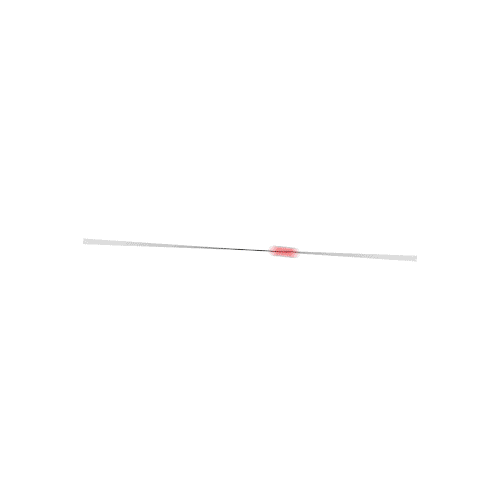Germany (first as the Weimar Republic, and later as the Third Reich), although it was one of the largest economies in interwar Europe, did not have a stunning degree of motorization in its society. The famous project of a people's car (German: Volkswagen) started shortly before the outbreak of World War II and in fact - for civilian purposes - began to function only after 1945. The German industry as a whole was also clearly inferior to its American competitor in terms of efficiency or the production techniques used. One should also remember about the necessity to import significant amounts of crude oil by the then Germany. All this, of course, influenced the degree of motorization of the Wehrmacht. On the one hand, it had fully mechanized and motorized armored and light divisions. Also, several types of support units in infantry divisions (especially artillery and communications) were fully or mostly motorized, but horse traction was still the main means of transport for supplies in the Wehrmacht. Moreover, despite attempts to unify the German car fleet and introduce successful trucks (eg Opel Blitz) and off-road vehicles (eg Schiwamwagen or Kübelwagen), the number of types of cars used in the Wehrmacht was significant. Of course, it influenced the pace of repairs, transport, etc. Contrary to popular beliefs, it is difficult to call the entire Wehrmacht during World War II a fully motorized or mechanized army. In this field, it clearly gave way to the British Army and the US Army.Sd.Kfz 251 was a German, medium, half-track armored transport from the Second World War. The first prototypes of the vehicle were made in 1935, and serial production continued in 1939-1945, ending with the production of about 14,500 units. The Sd.Kfz 251 was powered by a six-cylinder engine Maybach HL 42 TURKM with 100 hp . Sd.Kfz 251 was developed as a new, basic half-tracked transporter of the German armed forces. Its design was based on the Sd.Kfz.11 heavy tractor, with several elements changed in the adapted chassis: a new fuel tank was added, the location of the steering wheel, and the exhaust system was redesigned. In the course of serial production, four basic versions of the Sd.Kfz 251 (Ausf. A, B, C and D) were created, however, in terms of details related to the production process (especially the C version) and a slightly different arrangement of elements inside the fuselage. During World War II, more than 20 variants and versions of the Sd.Kfz 251 were created. The chronological first was the Sd.Kfz 251/1, which was the basic version, armed with two MG34 or MG42 machine guns and capable of carrying up to 10 landing troops. In 1941, a version of the Sd.Kfz 251/2 was developed, armed with an 80 mm mortar. There was also a version of the Sd.Kfz 251/3, which was a communication and radio communication vehicle with various sets of radio stations and antennas. In 1942, the Sd.Kfz 251/9 Stummel variant was developed, armed with a 75mm StuK 37 short-barrel gun. More interesting versions were the Sd.Kfz 251/16 with two flamethrowers or the Sd.Kfz 251/20 UHU equipped with an infrared radiation emitter and intended for targeting at night. Cars Sd.Kfz 251 of all versions served primarily in armored divisions and armored grenadiers on virtually all fronts of World War II: from the September campaign (1939), through the campaign in France (1940), fighting in the Balkans and North Africa (1941-1943) after fights on the Eastern (1941-1945) and Western (1944-1945) fronts.The Kfz.2 is a German, light, military all-terrain vehicle from the interwar period and World War II. The production of the car took place in the years 1936-1943. As a result, about 13,000 cars of this type were produced. The drive - most often - was provided by a single 4-cylinder Stöewer engine with a capacity of 2 liters and 50 HP. The car was about 3.9 meters long with a wheelbase of 2.4 meters. The Kfz.2 was designed and produced by Stöewer, but later BMW and Hanomag also started licensing production. Interestingly, the vehicles produced in individual plants differed from each other, e.g. in terms of the drive unit. For the most part, the units produced were all-wheel drive. The cars also had a body with only three doors: two on the left side and a single door on the right. Vehicles of this type were used primarily as radio communication vehicles (German: Funkkraftwagen). Kfz.2 cars were used in virtually all fronts of World War II, including during the fighting on the Eastern Front.



